Journey to where you can't be found.
PLAYGROUNDS is a short film that travels back to the early '90s, lost deep in the suburbs, absent parents allow forgotten kids to escape to other worlds where they can't be found.
Credits:
Directed By - Milo + Fab
CG Artists - Antonio Milo, Fabrizio Fioretti, Francesco Buttarelli
Additional Artists - Alessandro Righi, Emanuele Serniotti
Music
'Sum of all things' by Gavin Luke
Additional arrangements and sound design by: John Wells
'Shimmersoft' written and produced by John Wells
Genesis
PLAYGROUNDS was created out of the desire to connect with memories from the '80s & '90s, where nostalgia reigns supreme, and the adolescent self could escape to other worlds, while unknowingly on the forefront of what we now know as the digital frontier.
The '80s & '90s have always been psychologically associated with the rise of video games, the home personal computer and nerd culture, with the ideas and media from that era are what have shaped us and how we identify with ourselves. We've all experienced going back to the road we grew up on, everything always feels so much smaller than we remember, while our reminiscing nostalgic brains always deceive with memories of scale, it was early on we decided that the scale of the room needed to be from the perspective of a toy, the plastic toy soldiers serving as our reference point of view, creating an area that felt more expansive, with the whole room feeling more like a funfair at night than a traditional bedroom, while also trying to keep this dark undercurrent of the real world, and reflect that in the toys scenes. We also went with a slightly offset, wonky look to shapes, which helped to communicate that we're viewing things through the lens of a child, who views the world in an imprecise and impulsive way.
Process
The film was a 4-month production, from concept to final output, working on this film allowed us to develop new workflows while also applying what we've learned from working in Interactive, Commercial and Hollywood Movie VFX Production, fusing them into a kind of Guerrilla CGI production. The Process video below takes a look behind the scenes, where we documented some of the workflows and process behind the creation of PLAYGROUNDS.
Pre-Production
We had many conversations about how to approach the room design, this needed to the underdog's bedroom, choosing Sega rather than Nintendo, and anime rather than Disney, for example. The setting would be the late summer of 1994, west coast America. We felt strongly that with american culture permeating British & Italian culture in such a powerful way, it was almost as if, this fictional bedroom we devised was the place we wanted to escape to as children. We brought together many references, always with the 'Underdog' theme in mind.

Previz
The Previz was the armature for production, providing us with the structure and direction for the final film, from the beginning, the core concept of the parents arguing, and the younger sibling coming in to play with the older brother was there from the very first previz, which was our thematic anchor throughout.
The environment was roughly blocked out, which gave us a scene we would then use to set up all the cameras and would, in turn, be used as a guide for layout when moving to asset production. Like a virtual cameraman, we would go into the room and look for moments and shots that worked from a purely cinematic and communicative point of view, using placeholders while we developed the narrative.
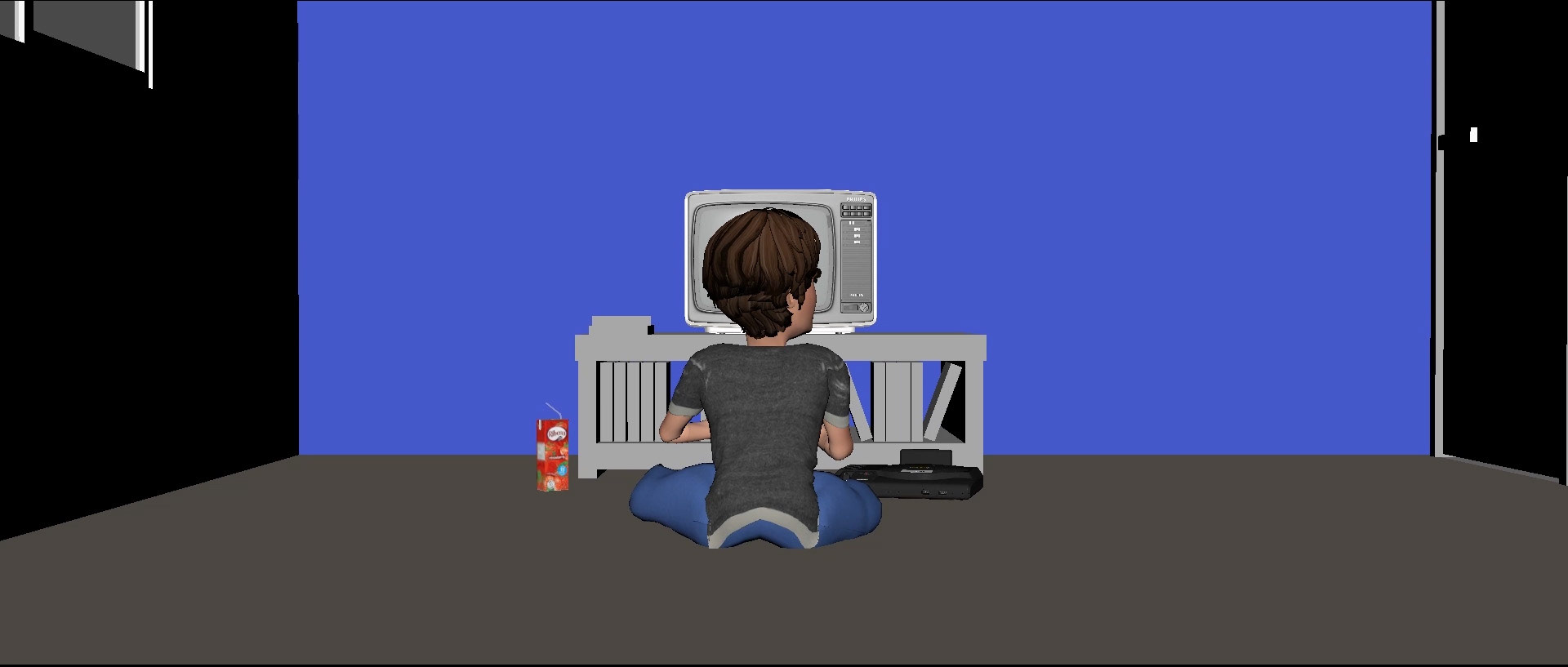


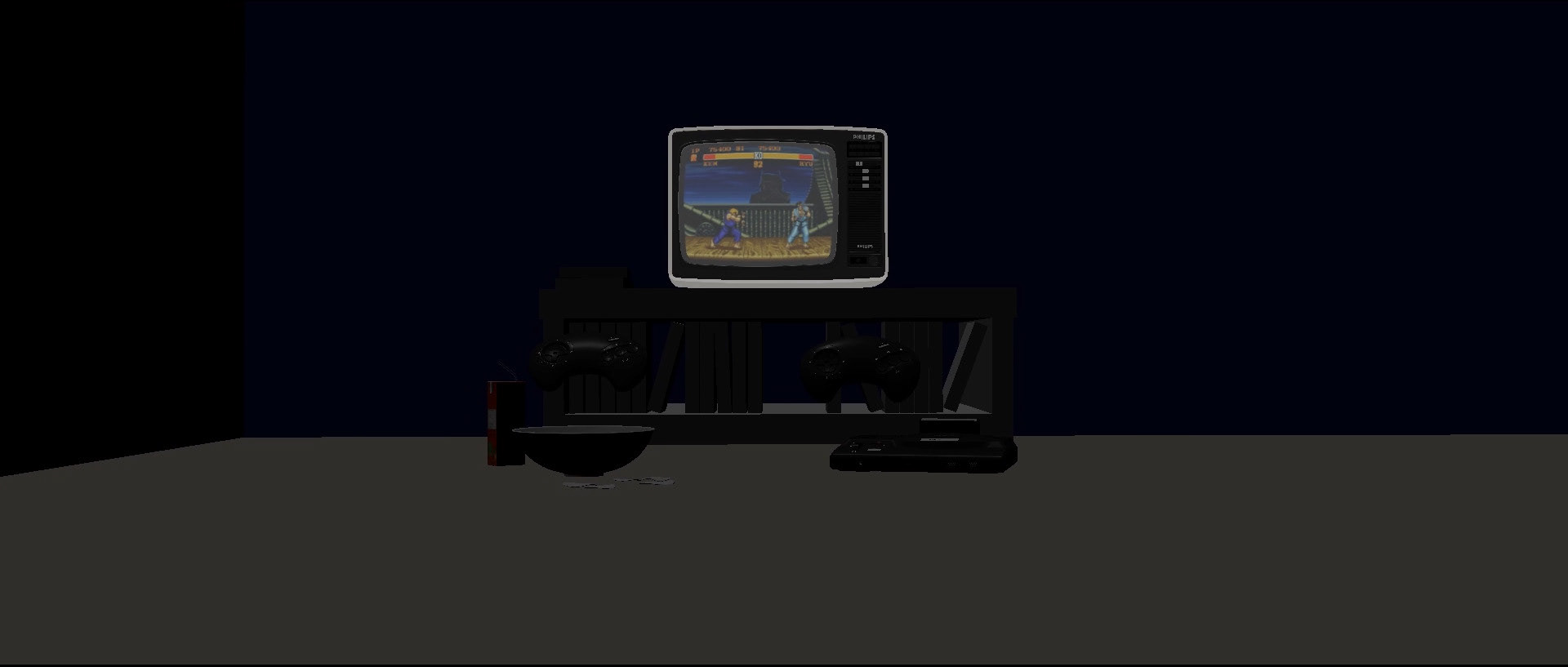
Below is the first pass on the final battle, this early on we used placeholders for most assets so we could focus on the story beats.








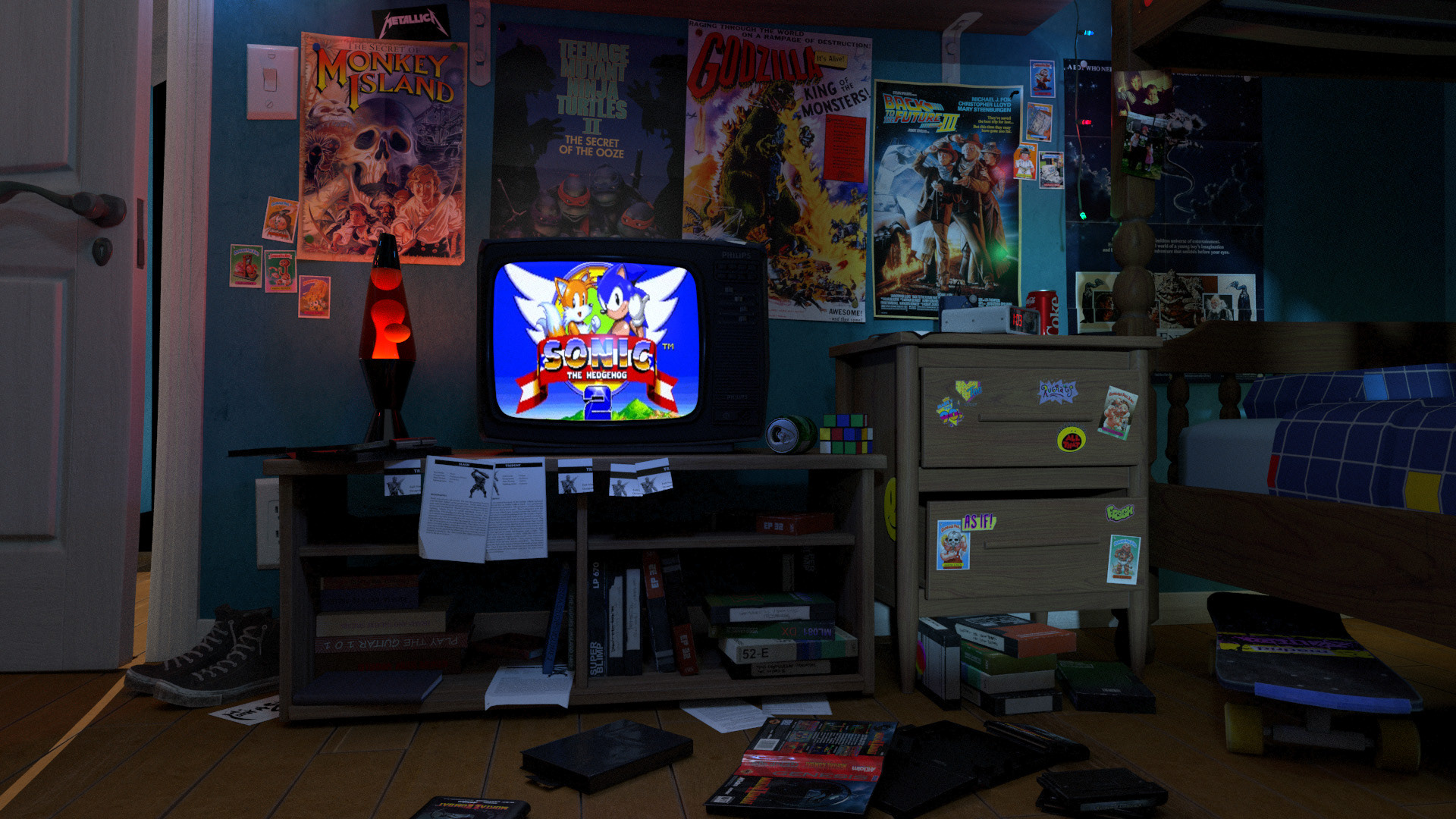


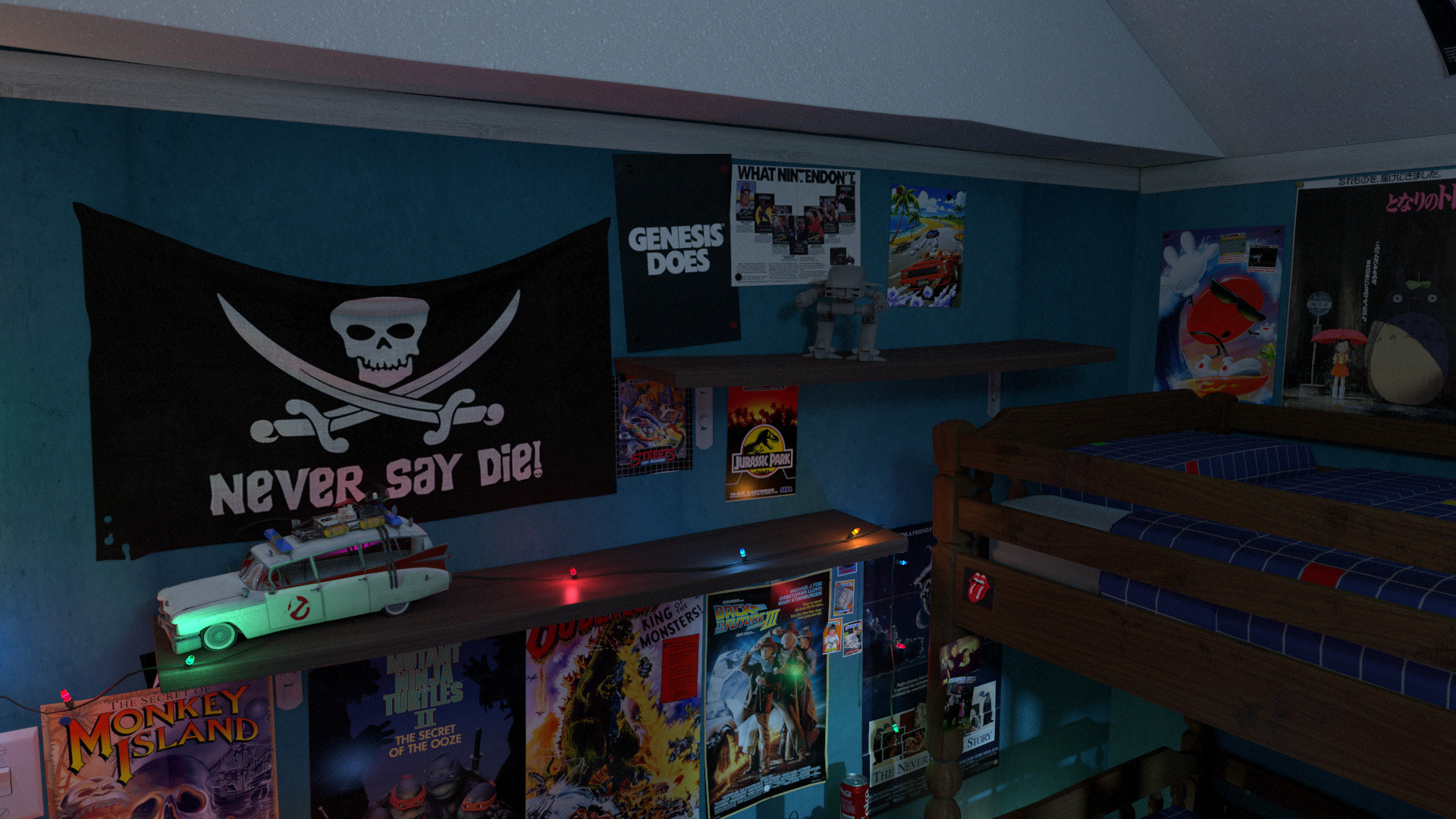







Assets Creation
Although most of the assets were modelled from scratch, to save time, we did buy some from Turbodquid, CG Trader & Dekogon, but these weren't simply dropped into the scene, we reworked them to fit within the style we envisaged:




Character Toy Design
For the main character toys, we knew we wanted them to be authentic to toys we played with in the past, with each one sculpted from photographic references.
Post-Production
We wanted to keep the compositing phase as lean as possible, relying on our raw renders to be close to our vision as we could, for the main bulk of the compositing we used Foundry Nuke, where we would add colour grading, glows, depth of field blur, lens distortion, vignetting, chromatic aberration, lens flares and film grain to help us get the dreamy cinematic look we were looking for, with such a powerful tool, it made the whole process a dream.
Using multi-channel 16bit EXRs we were able to include some very useful passes such as the cryptomatte pass which allowed us to create mattes as and when we needed them inside of Nuke, this gave us many options in post, an example below is for the glow coming from the crack in the door, showing the raw render, matte selection and Glow added afterwards.




Another pass that would prove invaluable was the Position Reference Pass (also known as the Pref pass), This functions like a 3D XYZ matte where you can isolate different areas, which opened up the ability to relight an area, or add noise / haze.
With this in mind, we developed the idea of pixelating certain points of the room, creating a 3D vignetting effect to help to create that feeling of detachment to the real world.





To edit the film we used Adobe Premiere, which has been a mainstay of our productions since day one, giving us everything that we could possibly need from an editing tool.
Final Frames


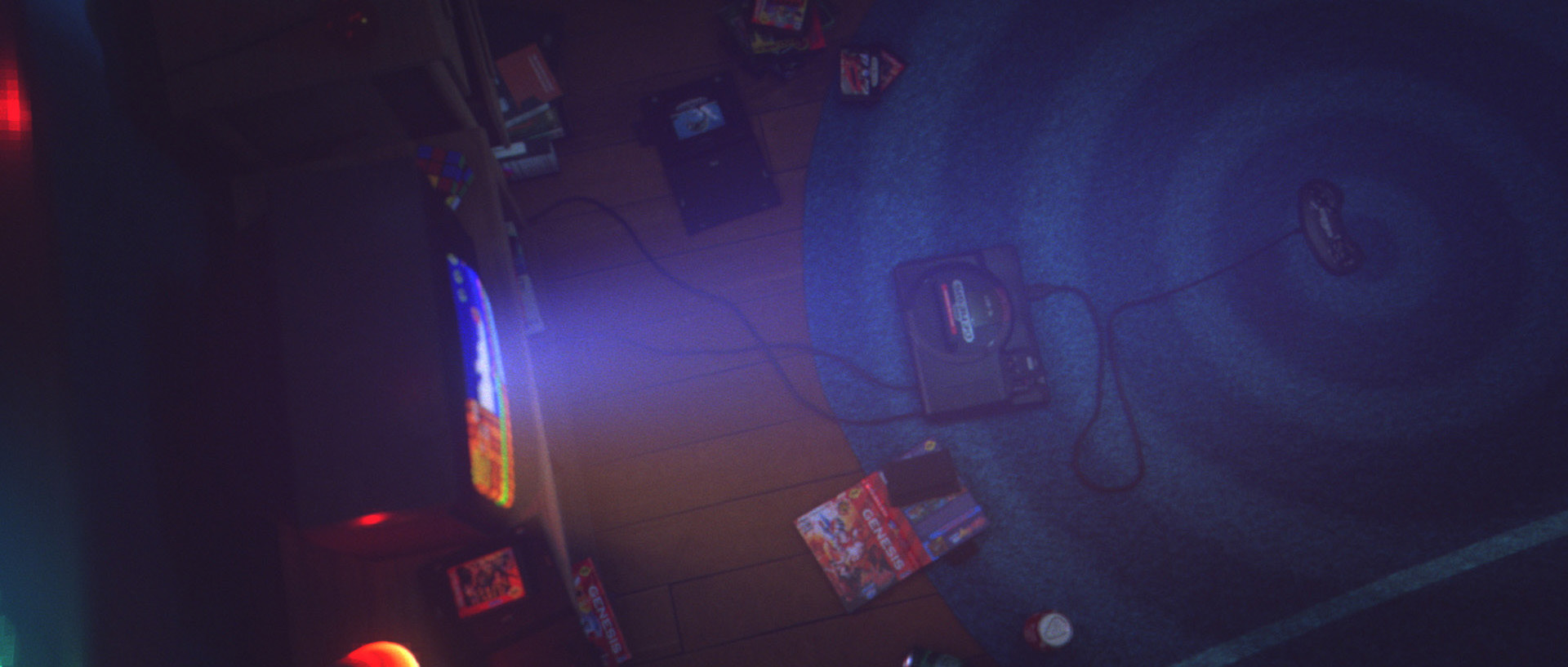







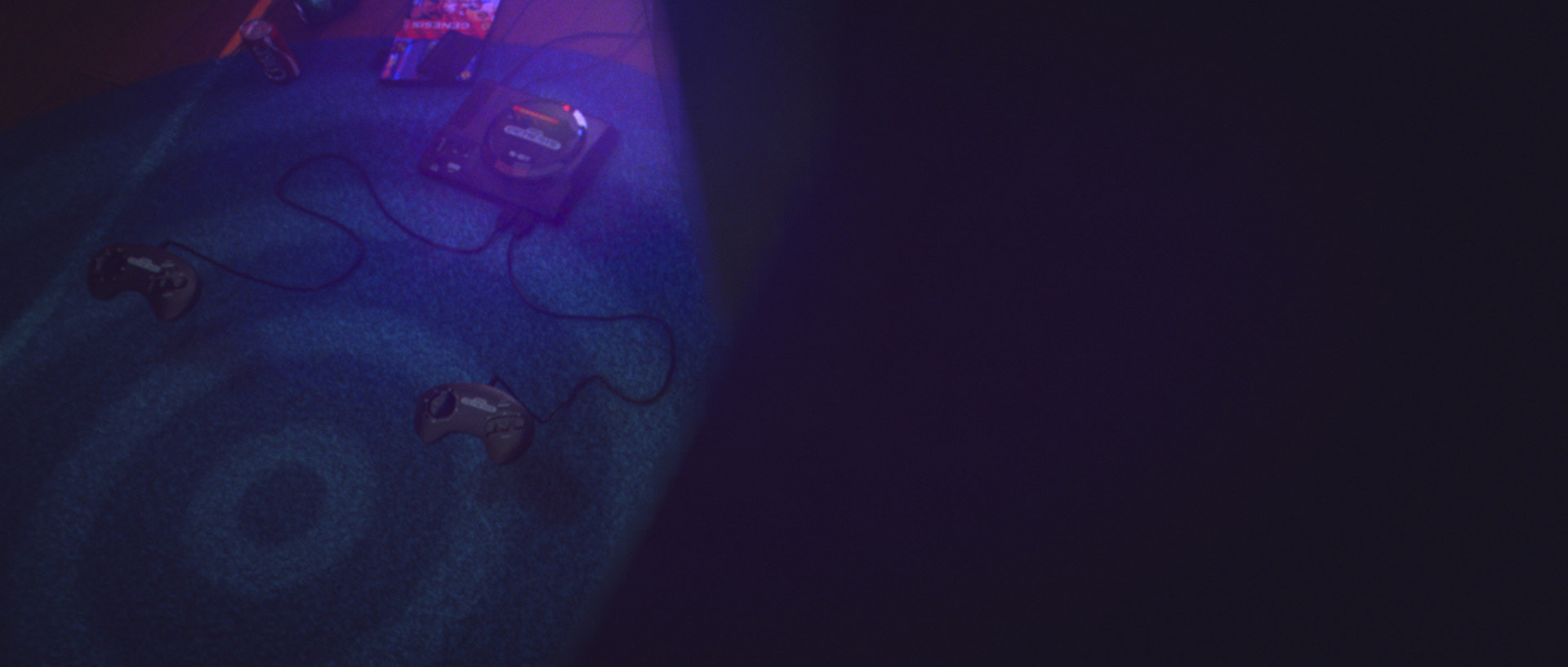




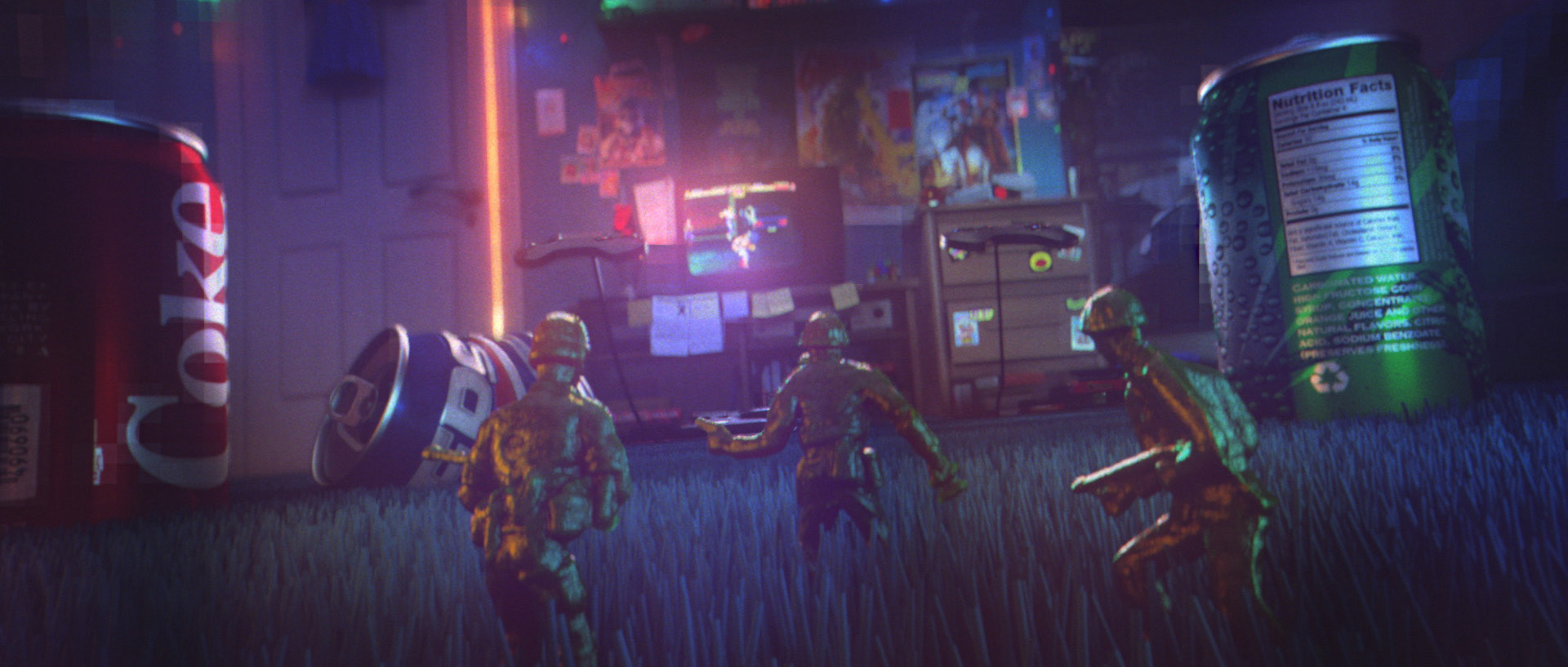



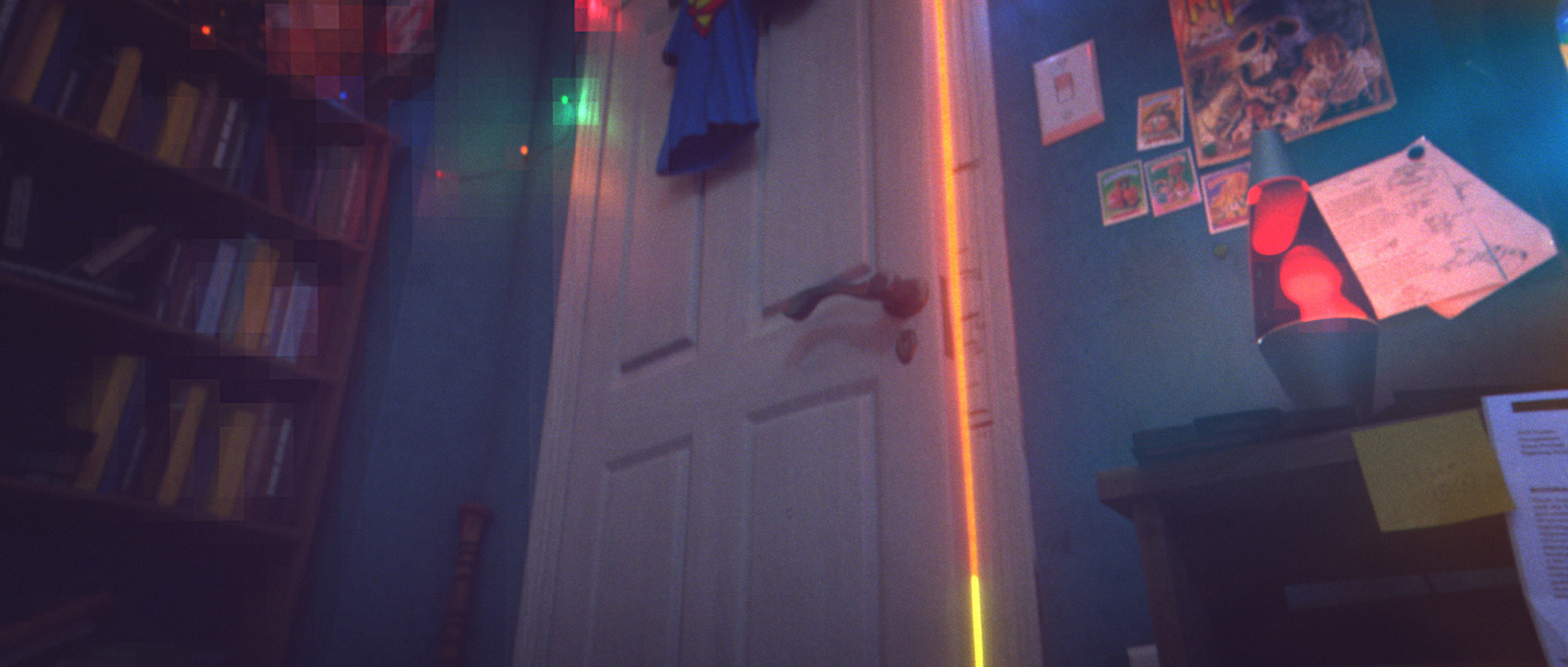




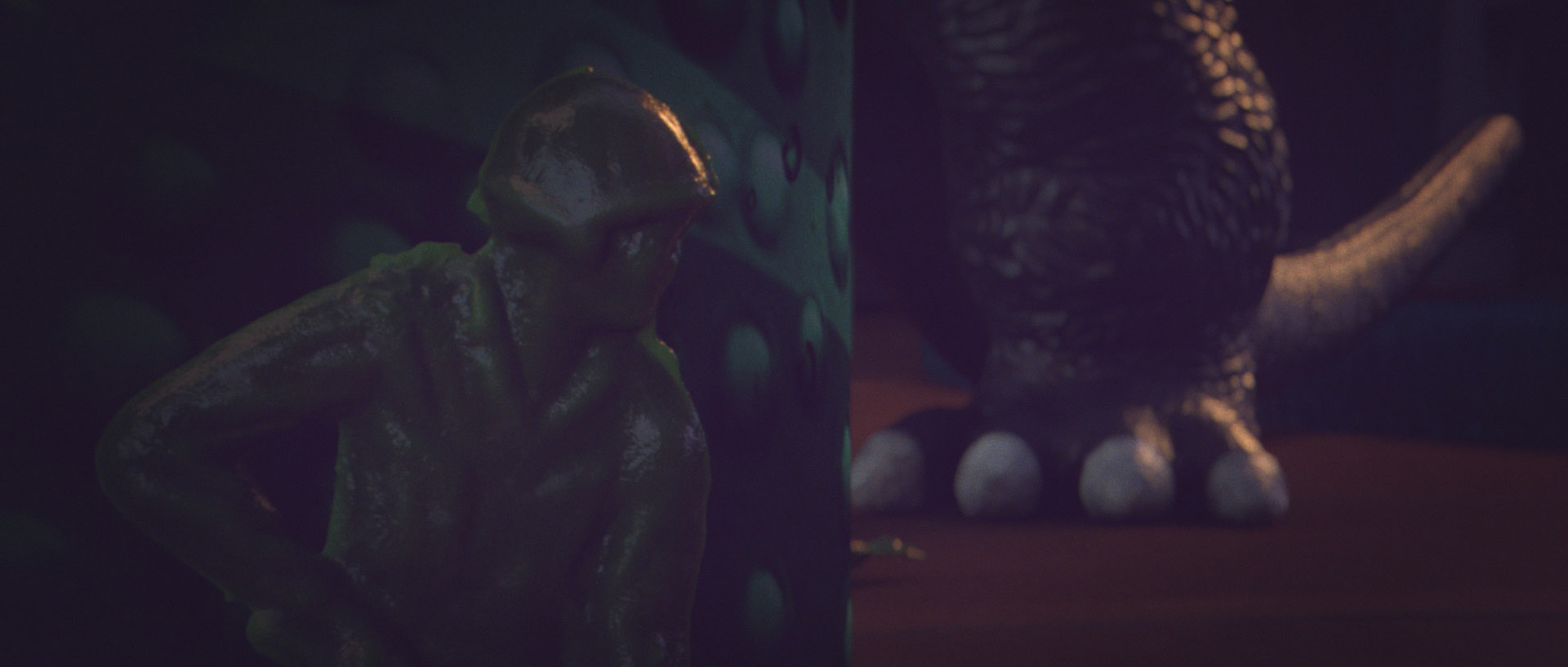




Special Thanks
Above all, we would like to thank our family and friends for their amazing and continued support, this experience has been an incredibly fulfilling journey as we continue to learn and grow. The theme was very personal, and something shared between us, and probably something so many of you have also experienced.